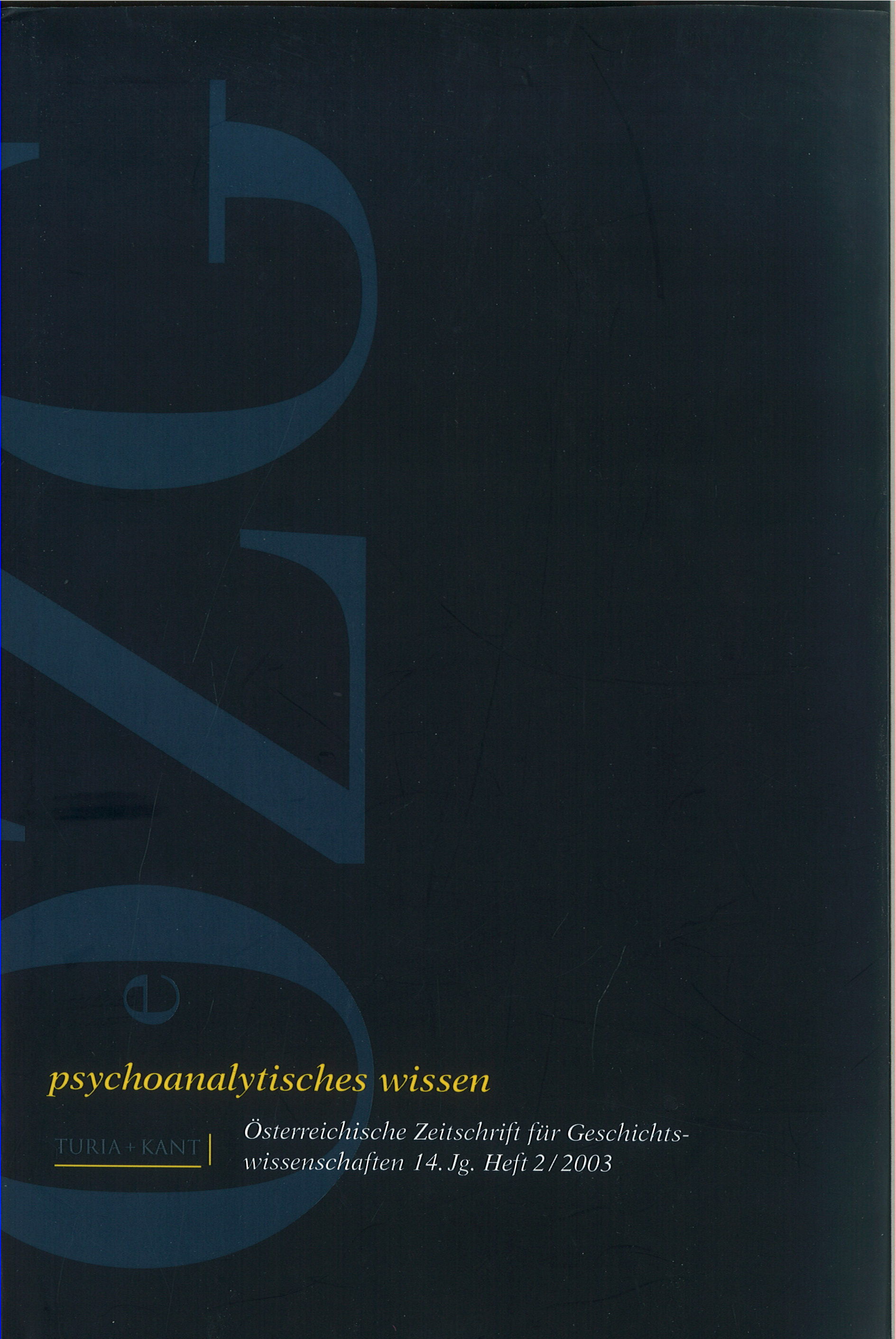Wie psychoanalytische Bücher Träume und Psychoanalysen Bücher verändern können
DOI:
https://doi.org/10.25365/oezg-2003-14-2-3Abstract
The goal of the article is to survey the formation of factors mediating psychoanalysis which extend beyond the history of the latter's reception through publications. By bringing together publication history and clinical and theoretical issues, the author seeks to avoid the kind of dichotomy commonly found in the historiography of psychoanalysis, whereby a distinction is made between an immanent process of theory production and external types of reception. Historical contextualization shows that publication played a conflicting role in the development of a process that conceived of itself as a science deriving from experience, rather than being mere hermeneutics. Thus, the non-medical readership (>the lay reader<) assumed a central function, that of >rhe reading patient<. In this way, the lay reader forced a number of theoretical corrections to be made and successfully disputed several clinical procedures. The period between 1900 and 1918 demonstrates especially weil the interaction between theory and clinical methods, and also allows us to explore in four stages the specific use and shaping of different forms of publication.


